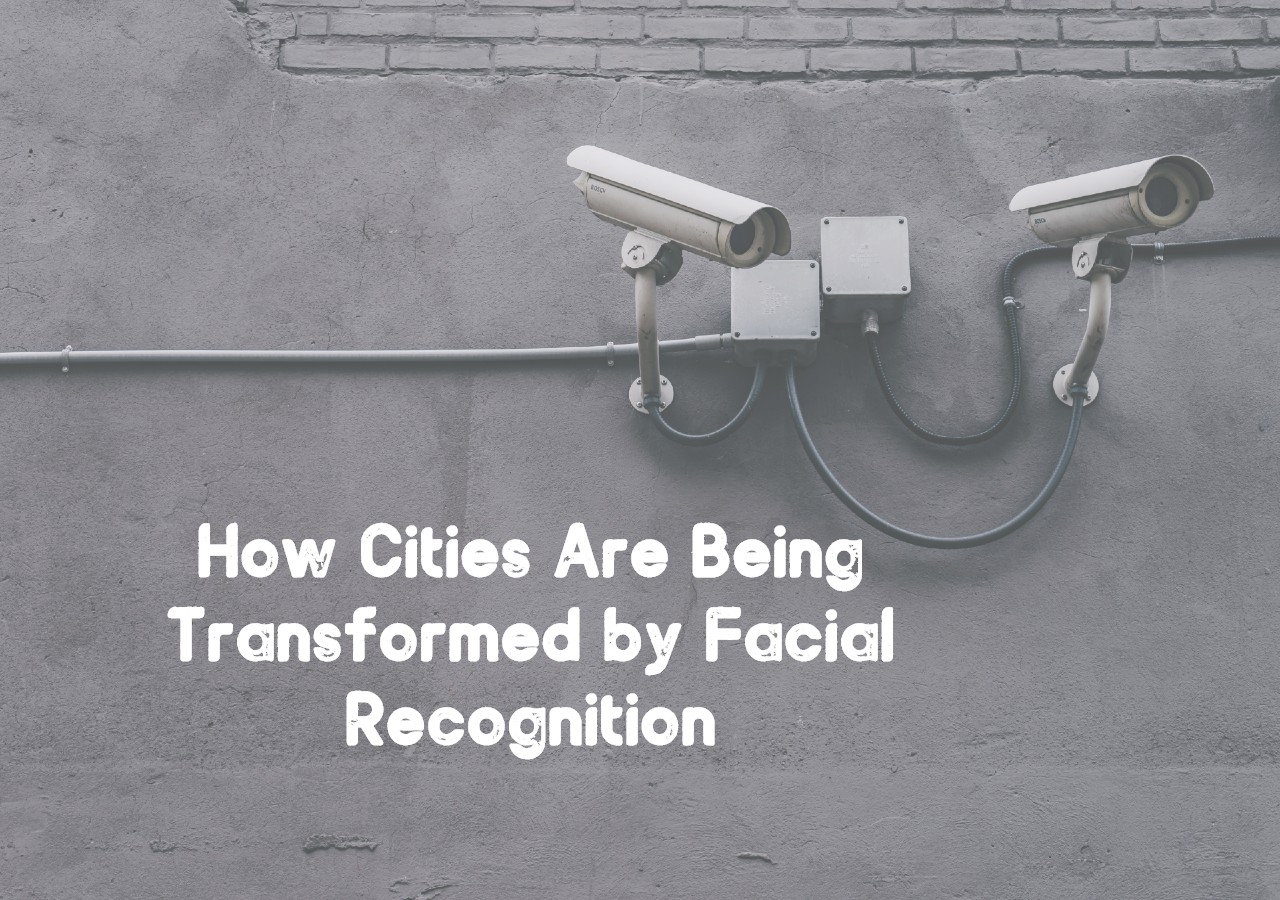In this Article

How Cities Are Being Transformed by Facial Recognition
Machine learning and facial recognition cameras are rapidly evolving. These technologies were attributed to science fiction not so long ago. Now they are widespread and real. The applications range from enabling governments to identify criminals to helping banks identify customers. Facial recognition is changing how countries and cities operate. Today we will discuss how facial recognition is being used for tracking people and how it is transforming cities.
- China
China is leading the smart city initiative and has deployed the most sophisticated facial recognition. It has installed 170 million CCTV cameras, and 400 million more will be installed in the next few years. Most of these cameras have facial recognition and AI.
Recently there was an incident when law enforcement in Nanchang successfully identified a criminal among 50,000 concertgoers. It was made possible by the use of facial recognition. Police officers in Hanan province are also using smart glasses with facial recognition for catching the criminals.
- UAE
UAE is testing facial recognition and AI for border control. A virtual aquarium is fitted with 80 facial recognition cameras at the Dubai Airport. It scans people as they walk past the aquarium. The system then either alerts the security personnel or clears them for entry into the country.
UAE is planning to automate immigration offers by the end of 2020. This will be done by using facial recognition and AI to decide who may or may not enter the country.
UAE’s Ministry of Interior is also working on police cars which will be embedded with facial recognition cameras. These cars will be able to identify wanted vehicles and criminals as they walk in the streets.
- Japan
Facial recognition cameras will be used for the 2020 Tokyo Olympics. These will allow media and athletes to enter venues. Around 300,000 to 400,000, individuals will have their faces approved. The objective is to increase security by not relying on ID cards which can be duplicated or forged.
Japan is working on facial recognition cameras which can jolt sleepy workers back to awareness. It will be done by blasting the workers with cold air. This will be adopted in future offices because the Japanese have a serious work culture and they don’t compromise on work ethics.
- Singapore
The government of Singapore is working on a project named LaaP. Under this project 110,000, facial recognition cameras will be fitted on all lampposts in Singapore. The government has stated that these measures are for reducing terrorism and improving security.
Singapore is also looking to use facial recognition for finding elderly people who are lost in the city.
Changi Airport in Singapore is working on facial recognition cameras which will spot travelers who are lost or late. The T4 terminal of the airport is already using facial recognition for allowing passengers to check in on their own.
The Singapore Tourism Board (STB) is testing facial recognition for making hotels smarter. It will allow people to check-in easier and pay for things quicker. The STB is also working on a facial recognition system which allows people to check into their hotel rooms via a selfie.
Related Blog Posts
How Smart Cities Connect: Getting Started with Edge AI and IoT Technology
How to Get Started with Edge AI and IoT Technologies in Smart Cities: Overcoming Integration Challenges In recent years, the concept of smart cities has evolved from a futuristic Read More
5 Step Strategy: Ensuring Security and Privacy in 15-Minute Smart Cities
Introduction Ensuring security and privacy in 15-minute smart cities is a critical challenge as urban areas become increasingly connected through IoT and edge AI technologies. These cities aim to Read More
What is a smart city and the challenge of legacy systems
How to Get Started with Integrating Legacy Systems in Smart Cities Smart cities are transforming urban landscapes by leveraging technology to improve the quality of life for residents. However, Read More



